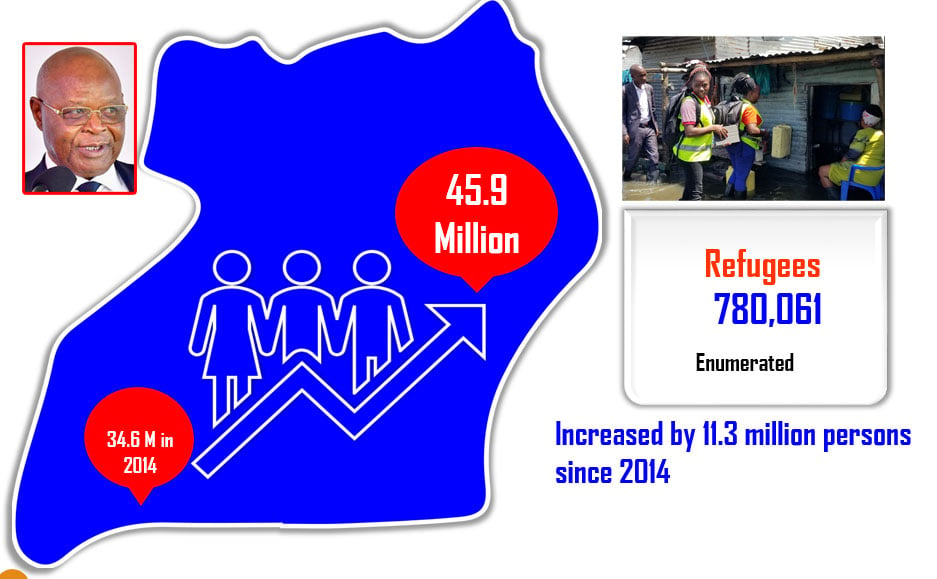Prime
Media need quick guidelines on reporting Covid-19 disease
What you need to know:
Breaking big story. When a big story breaks, the public expect information, answers, perspective, context, and facts. It further expects background, and they expect meaning. Depending on how journalists cover the story, the public that consume the media will be either informed or misinformed, calmed or excited, fearful or contented, panicky or confident, learned or ignorant.
Journalism by its nature and practice can be quite unpredictable. But so are many other professions. Many times when a reporter or editor walks into the newsroom, they do not know what the next big story will be, or how the running story will end. Training and practice has, however, prepared journalists to rise to the occasion and tell the story as and when it breaks, however big and complicated it may play out.
Yet journalism is just one aspect. The other is the public. When a big story breaks, the public expects information, it expect answers, perspective, context, and facts.
It also expects background, and they expect meaning. Depending on how journalists cover the story, the public that consumes the media will be either informed or misinformed, calmed or excited, fearful or contented, panicky or confident, learned or ignorant.
Indeed media has covered terrorist attacks, war, natural disasters like earthquakes and floods, etc, and so have a good script on how to go about it. What happens when the story is a totally new epidemic, or a pandemic like the coronavirus suddenly hits the world? Certainly this calls for a lot of learning as there will be panic, fake news, real news, alarms – false or right, and so forth.
Two stories published by Daily Monitor recently perhaps best illustrate the difficult terrain reporting about a new epidemic presents to journalists and the need to learn quickly. The first was published on March 12 under the headline, ‘Panic as Chinese national self-quarantines in Arua hotel’ while the second was published on March 16 headlined, ‘Korean national causes coronavirus scare in Soroti.’
Both stories highlighted the level of public anxiety in the country in the face of a strange disease that has so far only been heard about in distant lands, but could be here anytime, God forbid! The story about the Chinese national in Arua is a good example of how to report about the new disease. It captured the fears of the public, but protected the dignity of the “suspected patient” by withholding his identity. It gave context, was measured and balanced.
The story about the Korean national in Soroti on the other hand is a classic example of how not to report about coronavirus. It focused on the public drama, exposed the “suspected patient” to stigma and social opprobrium by exposing his identity, it funnelled ignorance among the anxious public and did not help them learn more about the disease.
Not surprising that the South Korean Embassy complained to Daily Monitor through the public editor. It also turns out that the story was based on wrong information as the “suspected patient” had not been in his country South Korea as the story alleged, he had returned from Turkey. South Korea is one of the countries that has been hit by coronavirus since January. Turkey reported its first case on March 11, days after his return. The Korean national was, therefore, condemned by a fearful public and media on the basis of his nationality and the protective face mask he wore, not the facts pertaining to his travel or medical record.
Curiously, both stories lacked information on how coronavirus is spread, what one can do to prevent it, and the myths and facts about the disease. That is useful and should be standard information attached to all coronavirus stories. NMG Editorial Policy Guidelines already provides for this. I quote:
“Public awareness is an essential ingredient for national mobilisation. In that regard, the Group will support society’s efforts to deal with national disasters such as flooding, drought, famine, outbreak of epidemics like the HIV/Aids epidemic, and other forms of humanitarian crises.”
So, what lessons do we journalists pick from these two stories that should inform our future reporting on incidents like this – and there will be many should the disease come to Uganda!
One is that the old script on health and trauma reporting still works. Pick it up, dust it and use it! Two, newsrooms must quickly develop guidelines to help reporters and editors cover this new disease. The journalists that reported about HIV/Aids when it had just broken out, or Ebola when it first hit Uganda are likely already out of the newsrooms so no experience to lean on.
This week, the Media Council of Kenya, working with the country’s Ministry of Health, developed and issued reporting guidelines to media. One of the cardinal points made in the guidelines is:
“Focus is the individual protection of those exposed, affected and infected, societal safety and related coping mechanisms and factual reporting of the science of the outbreak in a way that minimises harm.”
_____________________________________________________________
Send your feedback/complaints to [email protected] or call/text on +256 776 500725.




